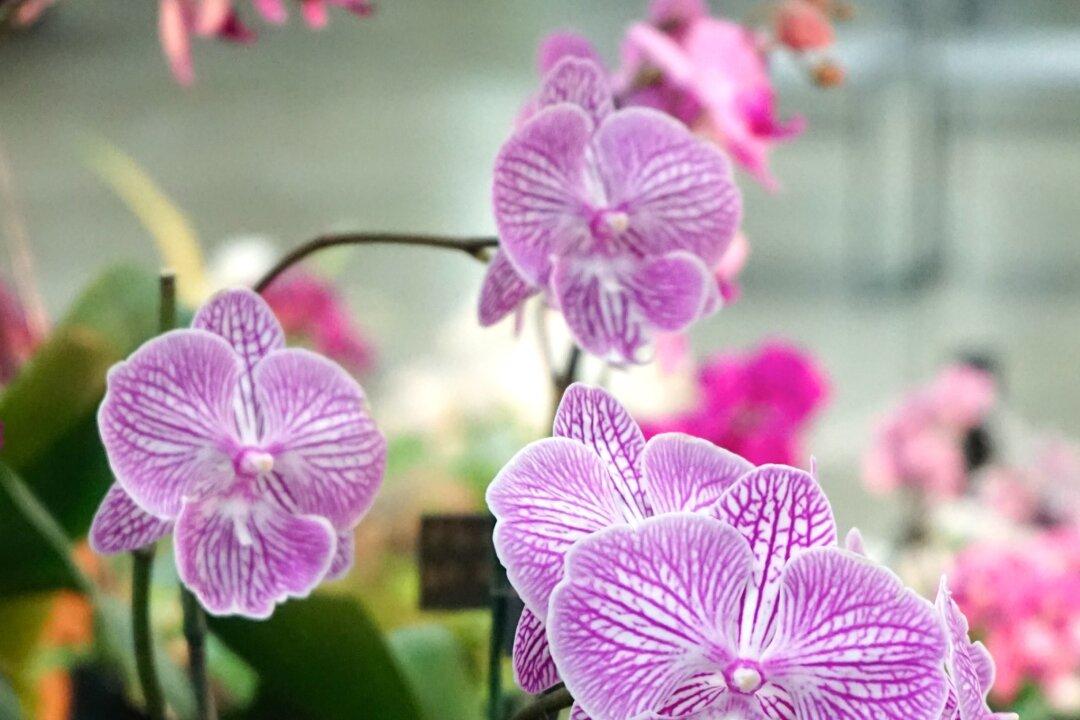When it comes to beautifying the home, cut flowers and flowering plants are an easy option. Orchids are fairly low maintenance and produce attractive sprays of flowers that can last for months. Is it any wonder we love these exotic tropical plants?
The blooms can be solid colours like periwinkle, deep red, or even stark white. They also come in an array of psychedelic colours and patterns with shapes that defy description.
Orchid flowers can be large and showy or tiny and delicate, depending on the species. Some orchids produce blooms that are larger than the leaves of the plant. Many are quite fragrant and the scent may be stronger in the daytime or during the evening.
There are numerous types of orchid to choose from. One that can be found in most grocery stores, garden centres, and big box stores is the Phalaenopsis, or “moth orchid,” so named because its flowers resemble the shape of the moth that pollinates it.




